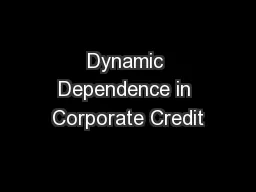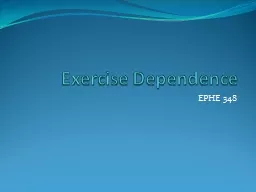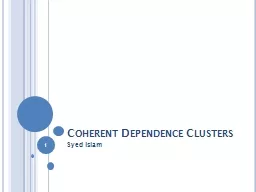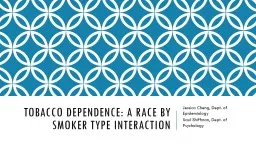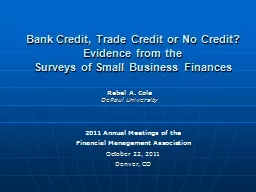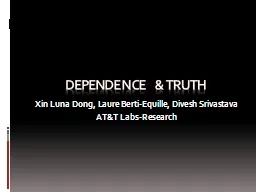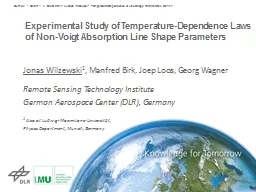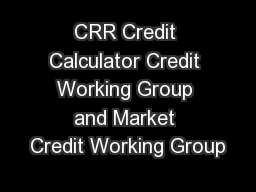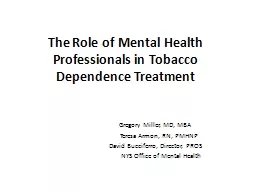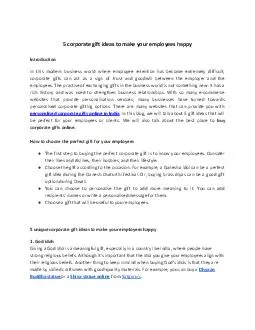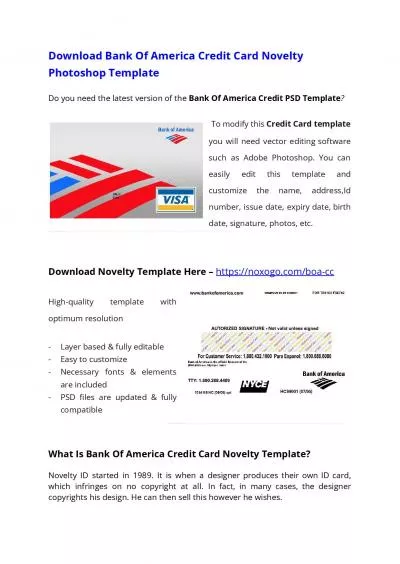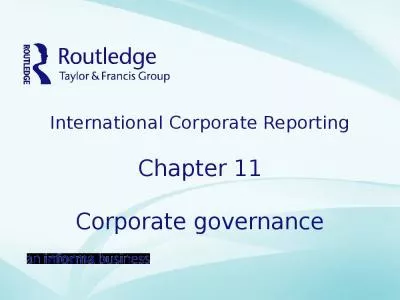PPT-Dynamic Dependence in Corporate Credit
Author : lindy-dunigan | Published Date : 2018-09-30
Peter Christoffersen University of Toronto Kris Jacobs University of Houston Xisong Jin University of Luxembourg Hugues Langlois McGill University Conference
Presentation Embed Code
Download Presentation
Download Presentation The PPT/PDF document "Dynamic Dependence in Corporate Credit" is the property of its rightful owner. Permission is granted to download and print the materials on this website for personal, non-commercial use only, and to display it on your personal computer provided you do not modify the materials and that you retain all copyright notices contained in the materials. By downloading content from our website, you accept the terms of this agreement.
Dynamic Dependence in Corporate Credit: Transcript
Download Rules Of Document
"Dynamic Dependence in Corporate Credit"The content belongs to its owner. You may download and print it for personal use, without modification, and keep all copyright notices. By downloading, you agree to these terms.
Related Documents

